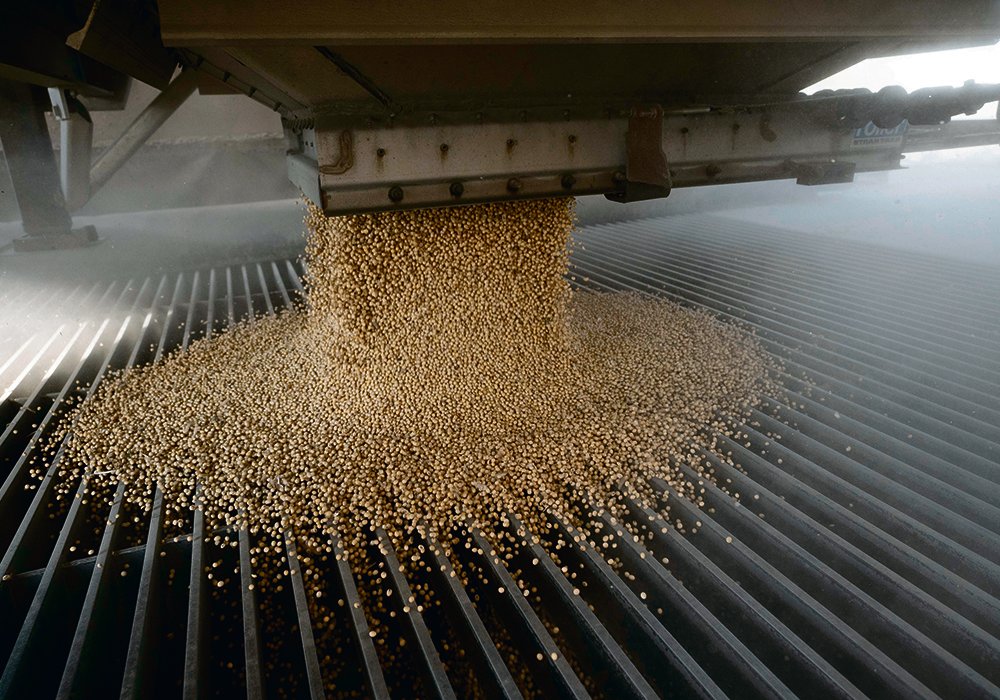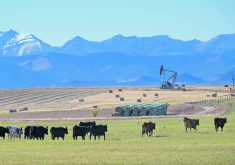A new CoBank report suggests America’s renewable diesel craze could bring a halt to the country’s soybean exports by 2030.
Renewable diesel capacity in the United States is on track to reach 24.6 billion litres by 2030, up from 5.7 billion litres in 2022.
“Getting there means we need to crush an additional 3.4 billion bushels of soybeans,” report author Kenneth Scott Zuckerberg said in a video message.
Read Also

Gene editing digs deeper space in Canadian plant breeding
More Canadian research into crop variety development is incorporating gene editing, and one researcher notes that Canada’s regulatory approach to gene editing will help drive innovation
“That is a staggering amount considering today we produce 4.5 billion bushels.”
To satisfy that demand, the U.S. would need to stop exporting soybeans while planting 17.9 million additional acres of the crop, a 21 percent increase over 2022 levels.
“Looking out to 2030, corn acres would have to be the primary source of new soybean acres, especially if electric vehicle adoption eventually reduces the need for corn-based ethanol,” stated the report.
Soybeans would account for 38 percent of total U.S. farm acres under that scenario, up from 31 percent today. Corn’s share would shrink to 27 percent from 29 percent.
“Alternatives to a massive shift of acres from corn to soybeans would include growing other oilseeds like canola and sunflower on a larger scale, importing other vegetable oils, or using other feedstocks such as beef tallow to produce renewable diesel fuel,” CoBank stated in a press release.
DTN lead analyst Todd Hultman thinks the findings of the report need to be taken with a grain of salt.
“It’s not necessarily that that particular scenario will come true,” he said.
“The value in that exercise is that they’re pointing to the fact that there is going to be a competition for acres as more renewable diesel plants come online.”
But that competition is subject to agronomic considerations as well. The corn-soybean rotation needs to maintain a healthy balance.
Hultman does not believe soybean exports will dry up, but buyers in the food and feed markets will have to pay more to compete with those in the renewable diesel sector.
It may be part of the reason why China recently announced plans to curtail consumption of soybean meal.
The looming feedstock shortage could have consequences for the burgeoning renewable diesel sector as well.
“As this thing heats up, I think we’re going to find those investment plans perhaps changing,” he said.
“Maybe some of those plants that were going to come on board reach a point where they start to get more cautious about building.”
One option briefly outlined in the report was growing more canola or importing canola oil from exporting countries like Canada.
On Sept. 19, canola oil received final approval from the U.S. Environmental Protection Agency as an eligible feedstock for renewable diesel, jet fuel, liquified petroleum gas and heating oil.
“I would have to think that’s also going to be a very attractive, high demand product, just like soybean oil is now,” said Hultman.
“I think they’re right in there together.”
The Canadian canola sector appears to share that view.
Canada’s canola crush capacity is forecast to expand by 5.7 million tonnes to 16.8 million tonnes by 2025-26, a 50 percent increase.
The Canadian Oilseed Processors Association is forecasting that the North American biofuel sector will be consuming 6.5 million tonnes of canola by 2030, up from 1.8 million tonnes in 2020.
Contact sean.pratt@producer.com
















